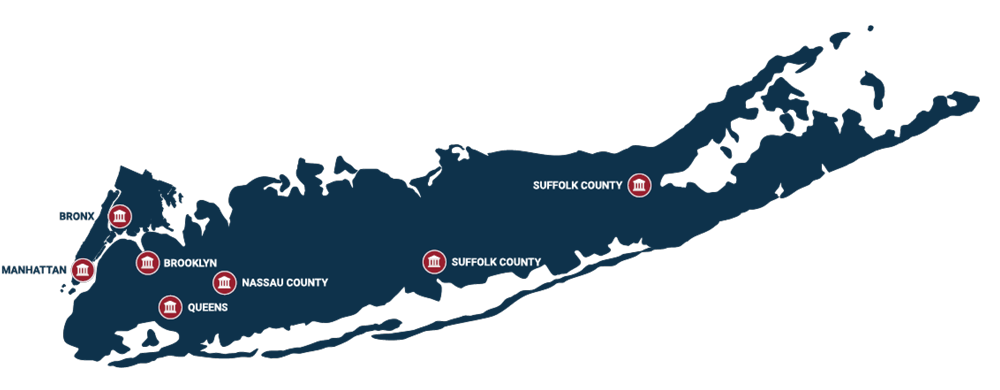CASE REVIEW
Home » Case Reviews » Attorneys’ Eyes Only Designations within a Protective Order
Attorneys’ Eyes Only Designations within a Protective Order
A Protective Order is standard fare in commercial litigation. Those matters which assert the theft of trade secrets or a breach of a non-compete agreement will often permit an “Attorneys’ Eyes Only” (“AEO”) designation within the Protective Order if discovery documents are of such a highly sensitive nature that revelation of the same to an adversary litigant will likely cause a current competitive harm.
Although there is no definitive list of documents that are entitled AEO designation, Magistrate Cheryl L. Pollack in Gerffert Co., Inc. v. Dean proposed the following language in a dispute between two competing businesses that could not agree on a definition:
The designating party may designate any Confidential document, thing, material, testimony or other information derived therefrom as “Attorneys’ Eyes Only” if the designating party can show good cause that the materials contain extremely sensitive trade secrets or commercial information, such as pricing, product development, profits, and future marketing strategies, that if disclosed to the opposing side could result in serious competitive or other harm, that cannot be avoided by less restrictive means.
Once designated as AEO, counsel is not permitted to share the documents or information with the client. Of course, the designation, and the corresponding limitation upon sharing the information, raises a host of obstacles that make it more difficult for an attorney to counsel the client.
The AEO designation must be used selectively because discovery and trial preparation are made significantly more difficult and expensive when an attorney cannot make a complete disclosure of relevant facts to a client and because it leaves the litigant in a difficult position to assess whether the arguments put forward on its behalf are meritorious. [] To justify the AEO designation, the designating party must do more than show that it is a competitor of the receiving party or that the documents in question disclose information about the designating party’s relationships with other competitors.
Despite the occasional necessity for utilizing AEO designations within a Protective Order, the process is also ripe for abuse, and corresponding sanctions for counsel. The New York City Bar Association Committee recognized this issue when deliberating over the content of its model Stipulation and Order for the Production and Exchange of Confidential Information (“Model Protective Order”), which was drafted for use in Commercial Division matters. More specifically, in the notes preceding the Model Protective Order, the New York City Bar Association Committee recognized the potential issues with respect to AEO provisions:
As for “Attorneys’ Eyes Only,” the Committee decided not to include the option for such protection primarily out of a concern that it would be invoked far more than necessary. Inevitable disputes over the propriety of a party’s invoking “Attorneys’ Eyes Only” protection would undercut the overall goal of the Committee to reduce the time required to negotiate confidentiality agreements.
Recently, in Global Material Technologies Inc. v. Dazheng Metal Fibre Co. Ltd., an Illinois Federal Court examined the same issues the New York City Bar Association was concerned with: the over application of AEO designations. In Global Material, plaintiff alleged that defendants misappropriated plaintiff’s trade secrets and used confidential customer information to compete with plaintiff. During discovery, plaintiff moved to remove certain AEO designations concerning documents produced by one defendant and a non-party.
The Global Material court granted the motion to remove AEO status on the documents produced by the defendant finding that defendant made only “broad allegations of unspecified harm that consistently have been found insufficient to justify the ‘extreme measure’ of preventing a party’s attorneys from sharing the documents with their clients.” The court further elaborated that defendant failed to describe with any particularity how the generalized harms would arise from allowing plaintiff’s attorneys to review the documents with a limited number of employees, and defendant did not show a clearly defined serious injury. Rather, the Global Material court recognized the needless difficulty that Plaintiff would incur in light of the over-designation:
It is important to note that an additional consideration in determining whether the continued AEO designation is appropriate is to weigh the risks to the defendants from disclosure against GMT’s need to view the information in order to litigate its claims. [] Great care must be taken to prevent the unnecessary curtailment of a party’s trial preparation. [] But trial preparation and trial itself are made significantly more difficult and expensive when a party’s attorney is unable to share with the party facts that are material to its prosecution of the case. [] That is especially true here, where GMT’s claims turn in part on whether it can prove that the defendants misappropriated its customer and pricing information in an attempt to lure away its business.
Interestingly, the Global Material court upheld the non-party’s AEO designations, finding that a non-party’s showing of good-cause is less demanding because non-parties “are limited in their ability to control the manner in which parties use their confidential commercial documents.”
In light of the competing concerns between protecting a client’s sensitive information and full disclosure to an adversary, counsel must carefully consider the definition and type of documents entitled to AEO designation in a Protective Order, and the potential for abuse that may arise if an AEO provision is included in a Protective Order.
SEND US A MESSAGE
ADDITIONAL INSIGHTS
SUBSCRIBE TO OUR NEWSLETTER
Subscribe to the Barnes & Barnes Newsletter, a valuable resource brimming with insights directly from commercial litigation partners, Leo K. Barnes, Jr. and Matthew J. Barnes.
Case Studies
Discover a few of the successes Barnes & Barnes has achieved for its clients between New York City and Montauk.
